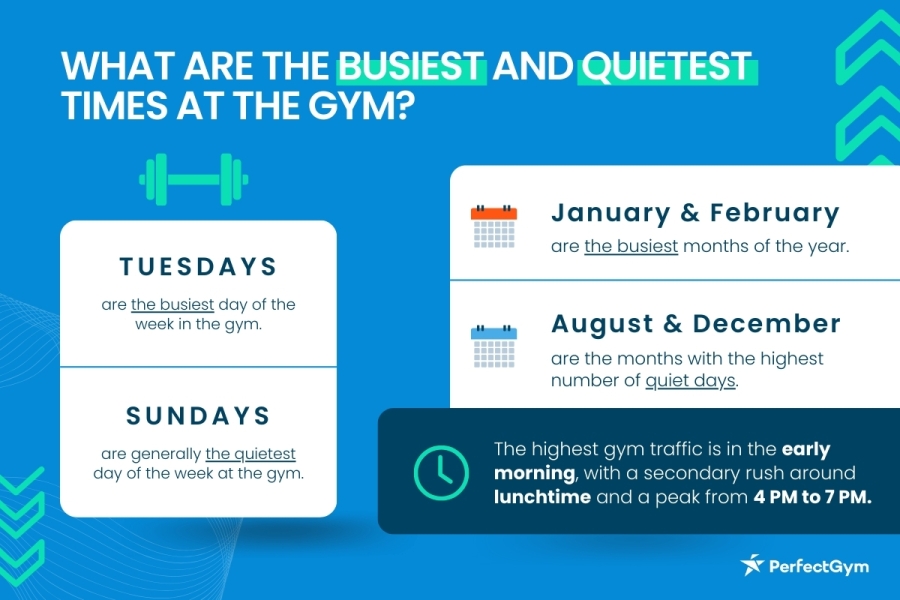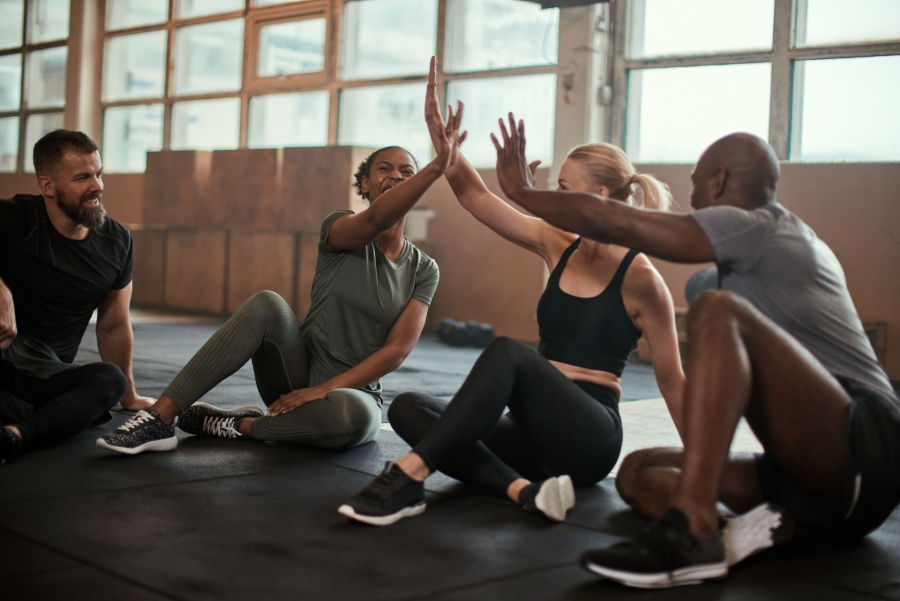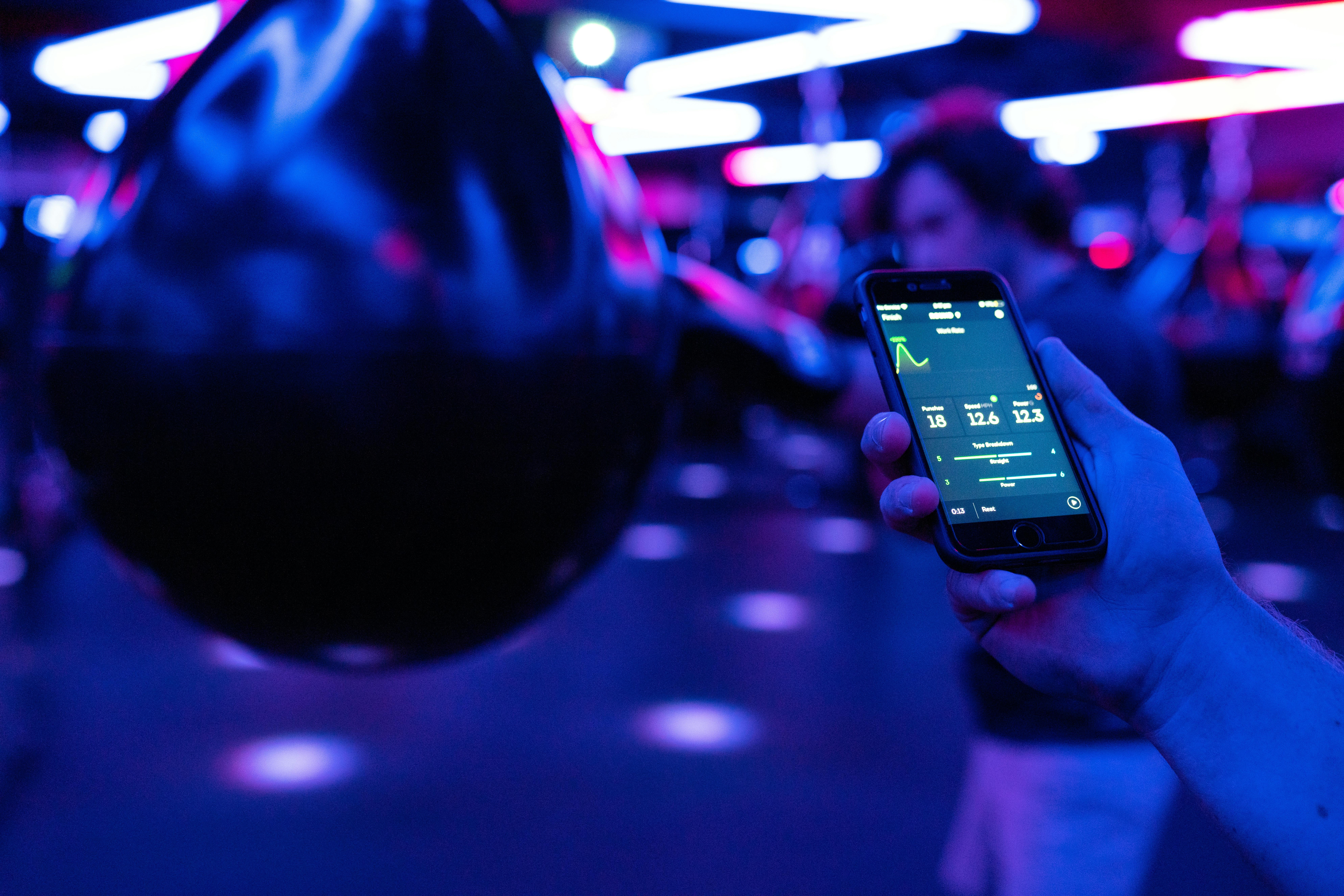When is the Gym Least Busy?
Identifying quieter periods across your enterprise's gym network offers a significant opportunity for strategic planning. By leveraging data on member attendance during off-peak times, fitness chains can create targeted engagement strategies that drive facility usage and increase profitability without the strain of overcrowded facilities.
Understanding Gym Peak Hours and Quiet Times
Commercial gyms typically experience peak hours at specific times:
- Daily Trends: Most gyms see high traffic in the early morning as members fit workouts into their busy schedules, with a secondary rush around lunchtime and a peak from 4 PM to 7 PM.
- Weekly Patterns: Mondays and weekends often see varied attendance, with Mondays being particularly busy as members kickstart their week. Weekends, especially Saturday mornings, can also be peak times for early risers.
- Annual Trends: January is a significant period for gym membership increases due to New Year’s resolutions. However, member retention during this time can be challenging, with a high churn rate within six months.
Based on recent data, gyms are generally least busy during late-night hours and early mornings, specifically between 12 AM and 5 AM. Monday mornings are notably quieter compared to other times of the week.
Source: PureGym
Factors Influencing Gym Busy Times
Member Behaviour:
- Work and Commute Schedules: Many members adhere to a traditional 9-to-5 schedule, influencing peak gym hours. The shift towards remote or hybrid work, however, presents new opportunities to engage members during previously quieter times.
- Chronotypes: Members’ natural sleep cycles (morning vs. night preferences) can also influence gym attendance patterns. Understanding these trends allows chains to better align class schedules and staffing levels.
- Member Confidence: Newer members may require additional support, especially if they experience "gymtimidation" (fear of working out in front of others). Ensuring staff availability during quieter periods can help boost member retention.
50% of Americans suffer from gymtimidation, which shows you exactly how important it is for your new members to feel welcome and have a stress-free workout. Most people go to the gym to feel good and get in the best shape, but for some, getting started can be really stressful. Emphasize the importance of good form, nutrition, and a reasonable workout time with plenty of rest time to start off on a great foot and really get a positive response from your members.
Did you know…?
January is consistently the busiest month for gyms across the UK, with data from 4GLOBAL’s DataHub over the past two years showing a 28% increase in activity compared to December. It's also 10% busier than October, November, and December combined. PureGym data further supports this trend, revealing a nearly 40% surge in gym visits in January 2023 compared to the previous two months. On a global scale, IHRSA data aligns with these findings, noting that over 12% of new members typically join gyms in January to kick off their New Year’s resolutions.
Facility-Related Factors:
- Location and Demographics: Gyms located near residential communities, business districts, or transport hubs may experience different traffic patterns than those in suburban or less centralised areas.
- Amenities and Gym Equipment: High-end gyms with premium amenities (e.g., spas, saunas, and personal training services) can draw in members during quieter times. Optimising these resources effectively across locations helps maintain steady foot traffic.
8 Strategies to Manage Quiet Times
1. Implement Mandatory Class Bookings
Introducing mandatory bookings for group fitness classes helps control attendance, reduce class cancellations, and optimise instructor schedules. Automated reminders, combined with real-time data, can increase class attendance and member satisfaction.
2. Promote and Diversify Offerings
Use quieter periods to launch special promotions, exclusive classes, or wellness workshops. Tailor these offerings based on member behaviour, focusing on services that appeal to your higher-tier members or corporate clients. Expanding into nutrition, recovery, or mental well-being programs can also diversify engagement.
3. Leverage Real-Time Data
For large fitness chains, having access to real-time data on member check-ins, equipment usage, and facility occupancy provides crucial insights for adjusting operations. Advanced access control systems allow gym managers to optimise staffing, schedule maintenance, and offer targeted promotions at the right times.
4. Enhance Member Onboarding
To mitigate high churn rates, especially after peak sign-up periods like January, invest in a comprehensive onboarding program. Providing new members with personal trainers or fitness consultations during off-peak times can ensure they feel confident using the gym, improving long-term retention.
- 87% of members who experience a positive onboarding process still remained active after 6 months. (IHRSA)
5. Invest in Technology
State-of-the-art gym management software, customer relationship management (CRM) systems, and automated member engagement platforms enable large fitness chains to gather and analyse data across multiple locations. These tools not only streamline operations but also enhance personalisation, driving loyalty and consistent visits.
6. Focus on Member Experience
Across all locations, ensuring a clean, welcoming, and well-maintained facility is critical for member retention. Invest in ongoing staff training to deliver superior customer service, particularly during off-peak times when new members may require more hands-on support.
7. Encourage Social Engagement
Creating a community atmosphere within your gym can significantly boost member loyalty. Use gym mobile app to offer referral programs, group challenges, or organise special classes designed to foster social connections among members. Encouraging social engagement not only boosts retention but also helps fill quieter gym times.
ClassPass data shows that people are 45% more likely to stay consistent if they take a class at the gym with a friend. Referral points or special packages for couples and friends are a great way to capitalise on this trend!
8. Monitor and Adjust
The key to success lies in agility. Regularly reviewing data on gym traffic and member behaviour allows fitness chains to stay ahead of industry trends. By continually fine-tuning marketing, staffing, and class schedules based on real-time insights, large chains can maintain a competitive edge in an evolving market.
Conclusion
Effectively managing quiet times in your gyms require a combination of data analysis, strategic planning, and member engagement initiatives. By understanding peak hours and implementing targeted strategies, you can optimise facility use, enhance member satisfaction, and ultimately drive profitability.
With PerfectGym’s advanced gym management system, you can gain valuable insights and tools to navigate these challenges effectively.
FAQ
How can I effectively analyse gym traffic patterns throughout the year?
To analyse gym traffic patterns, consider using a comprehensive gym management software that offers real-time data and historical insights. This system should track member check-ins, peak hours, and attendance trends over time. Integrate this data with seasonal factors and promotional activities to identify patterns and optimise scheduling.
How can I adjust my gym’s operational hours based on peak times?
To adjust your gym’s operational hours based on peak times, start by analysing both real-time and historical traffic data. This will help you identify when your gym is busiest and when it’s quietest. During peak periods, consider extending your hours to better accommodate members, ensuring a smoother experience and preventing overcrowding. Conversely, during quieter times, you might reduce hours to save on operational costs.
Staffing and maintenance should also be aligned with these patterns. Increase staff presence during high-traffic periods to manage member needs and reduce it during off-peak times. Similarly, schedule maintenance during quieter hours to avoid disruptions. Communicating any changes in operational hours to your members is essential, using tools like email, app notifications, and social media for a smooth transition. Regularly reviewing traffic patterns and feedback will allow you to continually refine your schedule and ensure efficient operations.
What strategies can help in reducing peak hour congestion at the gym?
To reduce peak hour congestion, implement strategies such as promoting off-peak memberships, offering incentives for non-peak usage, and increasing the number of group classes during peak times. Additionally, optimise class scheduling and provide flexible booking options.
How can I improve member retention during high drop-off periods like January?
Improve member retention by focusing on personalised onboarding, providing regular check-ins, and offering tailored fitness plans. Implementing member engagement programmes, such as challenges and rewards, can also help maintain interest and commitment throughout high drop-off periods.
How can I address member concerns about overcrowding during peak hours?
Address member concerns about overcrowding by implementing measures such as expanding facility capacity, improving equipment availability, and offering reservation systems for peak times. Communicate these changes to members to ensure they are aware of efforts to improve their experience.








